The automotive industry is undergoing a significant transformation, driven by advances in smart driving technologies such as autonomous driving, advanced driver-assistance systems (ADAS), and connected vehicles. European car brands, renowned for their precision engineering and cutting-edge design, have become major players in the development and deployment of these technologies.
In this article, we explore the innovation power of European car brands in the realm of smart driving technology, examining their current achievements, strategies, and future goals. We will also analyze how companies like Volkswagen, BMW, Mercedes-Benz, Audi, and others are shaping the future of mobility through their focus on automation, safety, and connectivity.
1. The Push for Autonomous Driving: European Brands at the Forefront
One of the most ambitious and challenging areas of innovation in the automotive industry is autonomous driving. This technology promises to revolutionize transportation, making it safer, more efficient, and more accessible. European car brands have been heavily invested in autonomous driving technologies, and many are leading the way in both research and development.
a. Volkswagen: The Race to Full Automation
Volkswagen (VW), one of Europe’s largest car manufacturers, has made substantial strides in the development of autonomous driving technologies. The company has committed to making fully autonomous vehicles a reality in the near future, setting ambitious goals for the roll-out of its self-driving technology.
- ID.3 and ID.4: Volkswagen’s ID series represents the brand’s push into the electric and autonomous vehicle space. The ID.3 and ID.4 are already equipped with Level 2 autonomous features, including adaptive cruise control and lane-keeping assist, paving the way for more advanced capabilities in the future.
- Partnership with Argo AI: To accelerate its autonomous driving efforts, Volkswagen has partnered with Argo AI, an autonomous vehicle technology company. This collaboration aims to bring Level 4 autonomous driving to the market, with plans for deploying autonomous ride-sharing fleets in select cities by the mid-2020s.
b. BMW: Pioneering Driver Assistance Systems
BMW has long been a leader in driver-assistance systems and has positioned itself as a key player in the development of autonomous driving technology. The company is focusing on creating a highly automated driving experience while ensuring the safety and comfort of drivers and passengers.
- BMW iX and i4: BMW’s iX electric SUV and i4 electric sedan come equipped with the brand’s latest ADAS and Level 2 automation. These vehicles feature adaptive cruise control, lane-centering assist, and automatic emergency braking, with BMW emphasizing the seamless interaction between human drivers and the automated systems.
- Level 3 and 4 Autonomous Driving: BMW is actively working toward achieving Level 3 and Level 4 autonomous driving capabilities. Through its partnership with Intel and Mobileye, BMW plans to integrate high-definition mapping and sensor fusion technologies into future vehicles. The goal is to introduce hands-free driving on highways by the mid-2020s.
c. Mercedes-Benz: A Vision for Autonomous Driving
Mercedes-Benz, a brand synonymous with luxury, safety, and performance, is aggressively pursuing the development of autonomous driving technologies. The brand has made significant progress with its ADAS and self-driving systems, combining high-end features with cutting-edge technology.
- MBUX and Drive Pilot: Mercedes-Benz’s MBUX (Mercedes-Benz User Experience) system is a leading example of smart connectivity and driver assistance. The Drive Pilot feature, launched in the S-Class, is one of the first Level 3 autonomous systems available to consumers. This system allows the vehicle to take over most driving tasks on highways, including lane changes and speed adjustments, while the driver can relax, though they must remain ready to take control if needed.
- Autonomous Driving Trials: Mercedes-Benz has been conducting extensive trials of autonomous vehicles with the goal of launching fully automated cars in the coming years. The company’s collaboration with Bosch and Daimler has led to the development of highly sophisticated Level 4 autonomous cars, with plans to deploy autonomous ride-hailing services in select cities by 2025.
d. Audi: Innovation in Driver Assistance and Automation
Audi, known for its commitment to high-performance vehicles and advanced technologies, has also taken significant steps toward developing autonomous driving and driver-assistance systems.
- Audi A8 with Level 3 Automation: Audi was one of the first brands to introduce Level 3 autonomous driving technology in the Audi A8 luxury sedan. This system, called Audi AI Traffic Jam Pilot, enables the car to drive autonomously at speeds of up to 60 km/h in specific conditions, such as in heavy traffic.
- Partnerships for Autonomous Vehicles: Audi has partnered with companies like Aurora and Volkswagen Group of America to accelerate the development of fully autonomous vehicles. Audi aims to offer a fully automated driving experience in the near future, positioning itself as a leader in both performance and autonomy.
2. The Role of Smart Connectivity in European Car Brands
Another significant aspect of smart driving technology is the integration of connectivity. European brands have been investing heavily in creating connected vehicles that communicate with each other, infrastructure, and the cloud to improve traffic flow, safety, and the overall driving experience.
a. Volkswagen’s ID. Series and Connectivity
Volkswagen’s ID series of electric vehicles is a prime example of how European automakers are integrating smart connectivity into their products. These vehicles are equipped with a host of connected features that allow the car to communicate with the driver, other vehicles, and external systems.
- Car-to-X Communication: VW’s Car-to-X technology allows its vehicles to communicate with each other and the infrastructure, warning drivers of potential hazards, accidents, and traffic disruptions. This innovation is aimed at reducing accidents and improving overall road safety.
b. BMW ConnectedDrive
BMW’s ConnectedDrive system is one of the most comprehensive connected vehicle platforms in the industry, offering a range of services such as remote diagnostics, real-time traffic information, and over-the-air software updates. The system also allows drivers to control various vehicle functions via a smartphone app, making it easier to manage everything from climate control to navigation.
- BMW iDrive 8: The iDrive 8 system, introduced in the BMW iX, takes connectivity a step further with an intuitive touchscreen and voice recognition features, allowing drivers to interact with the car seamlessly. The system also integrates with Amazon Alexa and Apple CarPlay, offering a complete connected experience.
c. Mercedes-Benz MBUX and AI Integration
Mercedes-Benz’s MBUX system has raised the bar for connected vehicle technologies. MBUX uses artificial intelligence (AI) to learn driver preferences and adapt the interface to individual needs. It includes voice-activated controls, a cutting-edge navigation system, and the ability to control most car functions through simple voice commands.
- MBUX Interior Assist: Mercedes-Benz’s Interior Assist uses camera-based technology to track the driver’s gestures, allowing them to adjust functions like volume or climate control without touching any buttons. This integration of AI with the driving experience is a critical element of the brand’s strategy to provide a smart driving experience.
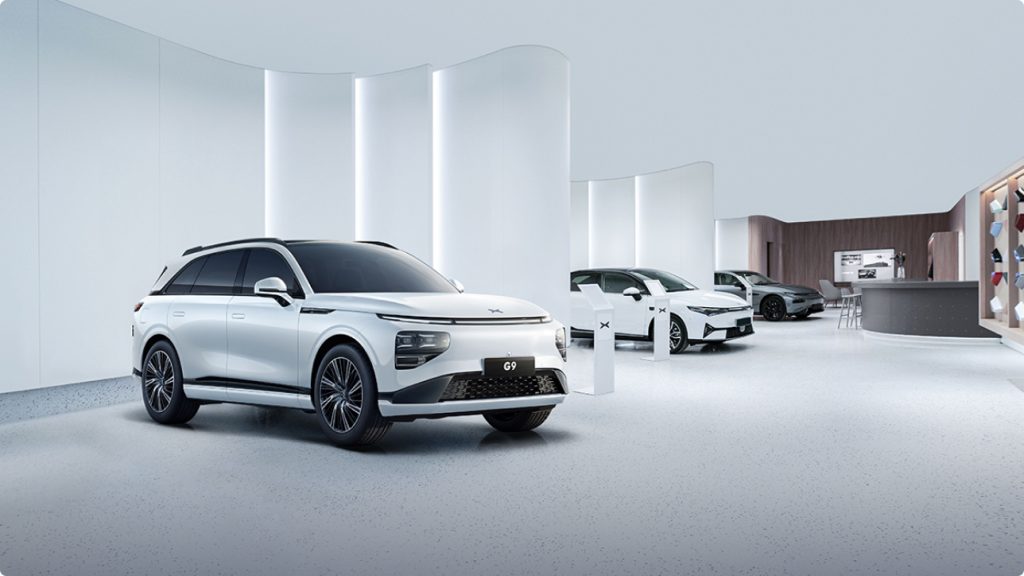
3. Safety Innovations: A Key Priority for European Brands
Safety remains a cornerstone of European car manufacturers’ commitment to innovation. European car brands are not only focusing on autonomous driving and connectivity but also on improving vehicle safety through smart technologies.
a. Mercedes-Benz PRE-SAFE System
Mercedes-Benz’s PRE-SAFE system is an advanced safety feature that anticipates a potential accident and takes preventive measures to protect occupants. The system can adjust the seating position, close windows, and tighten seatbelts to minimize injury in the event of a collision. The PRE-SAFE Plus system, which can detect an impending rear-end collision, is an example of how Mercedes-Benz integrates smart technology to enhance driver and passenger safety.
b. Audi’s Safety Innovations
Audi has been a pioneer in the development of adaptive cruise control, lane-keeping assistance, and pre-collision braking. Its Audi Side Assist and Audi Pre Sense systems use sensors and cameras to detect other vehicles and pedestrians, automatically applying the brakes to prevent a collision. Audi’s commitment to driver safety is evident in its ongoing development of both passive and active safety features.
c. BMW’s Active Safety Features
BMW’s suite of active safety features, such as Active Driving Assistant and Blind Spot Detection, uses radar sensors and cameras to provide real-time alerts and assist the driver in making safer decisions. The company has also developed a surround-view camera system, providing a 360-degree view of the vehicle’s surroundings to help avoid collisions in tight spaces.
4. Conclusion: European Car Brands Leading the Smart Driving Revolution
European automakers are undoubtedly at the forefront of innovation in smart driving technologies, including autonomous driving, connectivity, and safety. Brands like Volkswagen, BMW, Mercedes-Benz, and Audi have demonstrated significant progress in making smart driving a reality for consumers.
Their investments in autonomous driving, connectivity, and safety technologies are reshaping the automotive industry, offering consumers not just vehicles but intelligent mobility solutions. As these technologies continue to evolve, we can expect European car brands to remain key players in the future of mobility, setting the standard for smart driving and automated vehicles in the years to come.
European automakers are well-positioned to continue leading the way in innovation, ensuring that they remain competitive in a rapidly changing global automotive market.



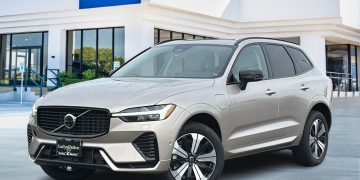







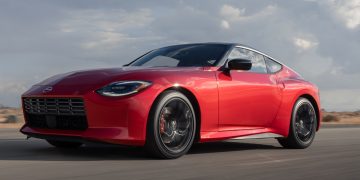


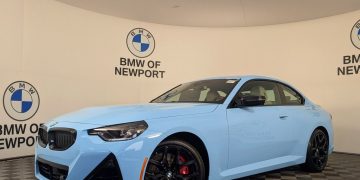






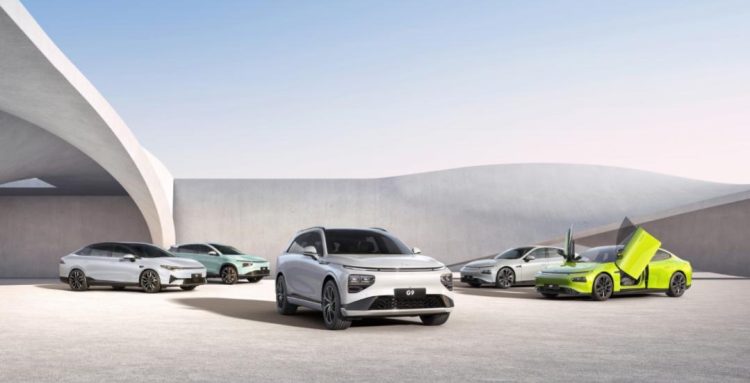












Discussion about this post